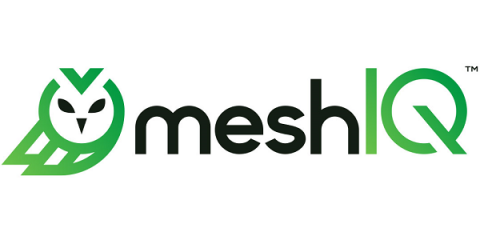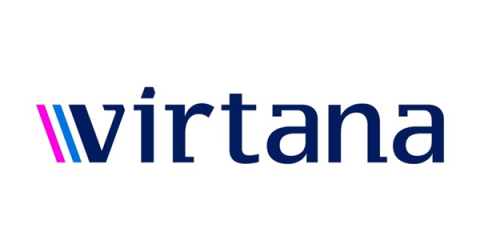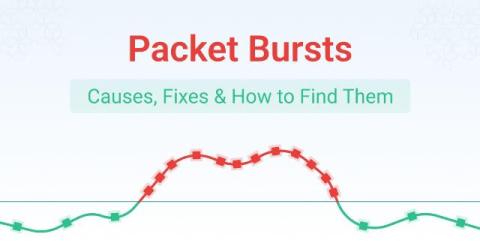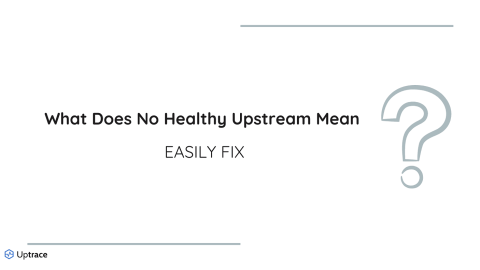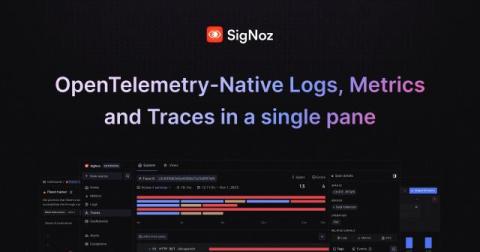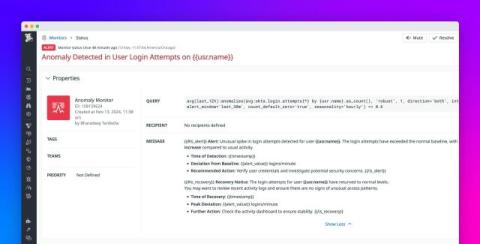How to Perform Health Checks on Your Kafka Cluster: Ensuring Optimal Performance and Reliability
When managing Kafka clusters, health checks are essential—not just a luxury. They’re your frontline defense in maintaining stability and performance, helping you catch issues before they snowball. Let’s dive into effective ways to assess your Kafka cluster’s health, from tracking key metrics to taking proactive steps that keep your operations running smoothly.


